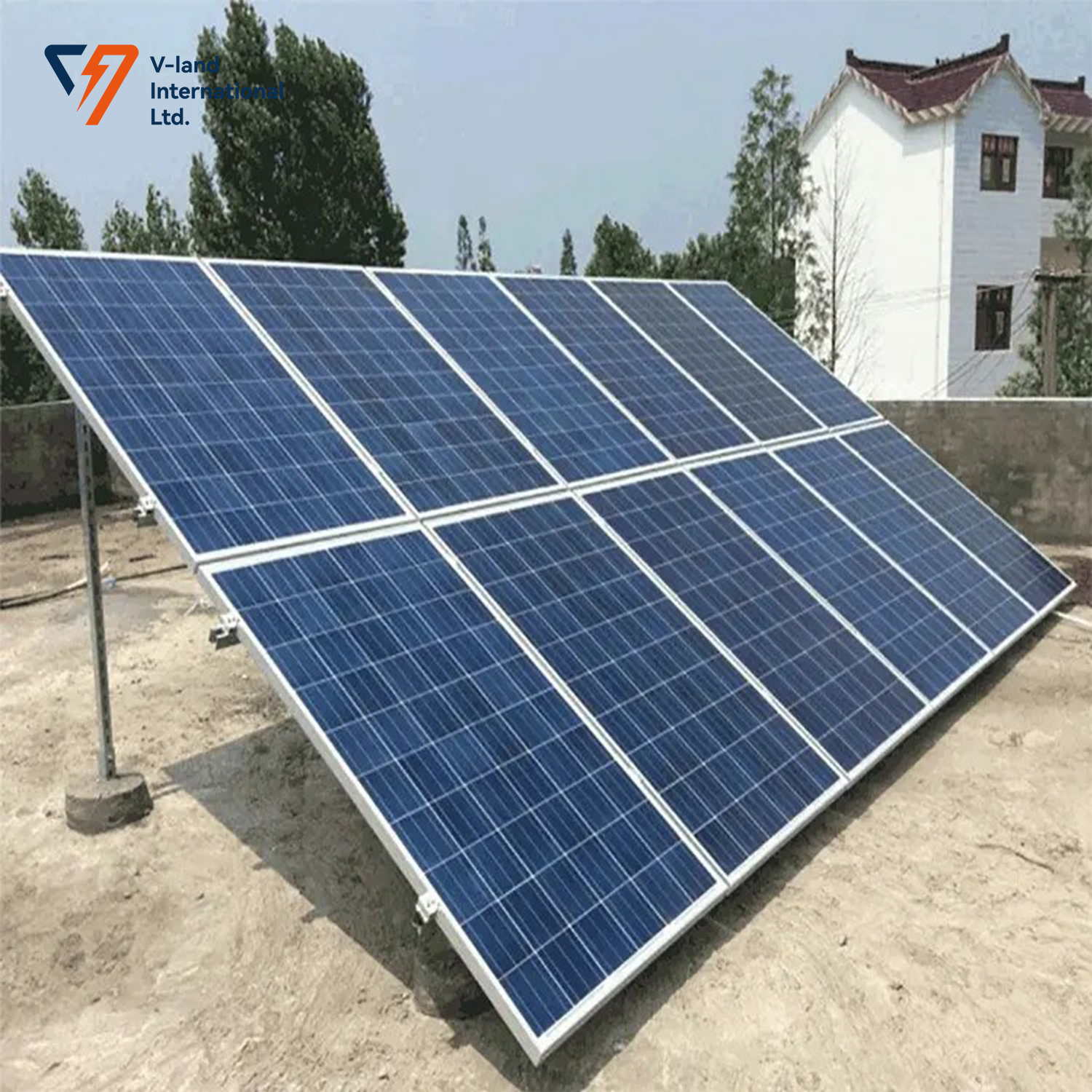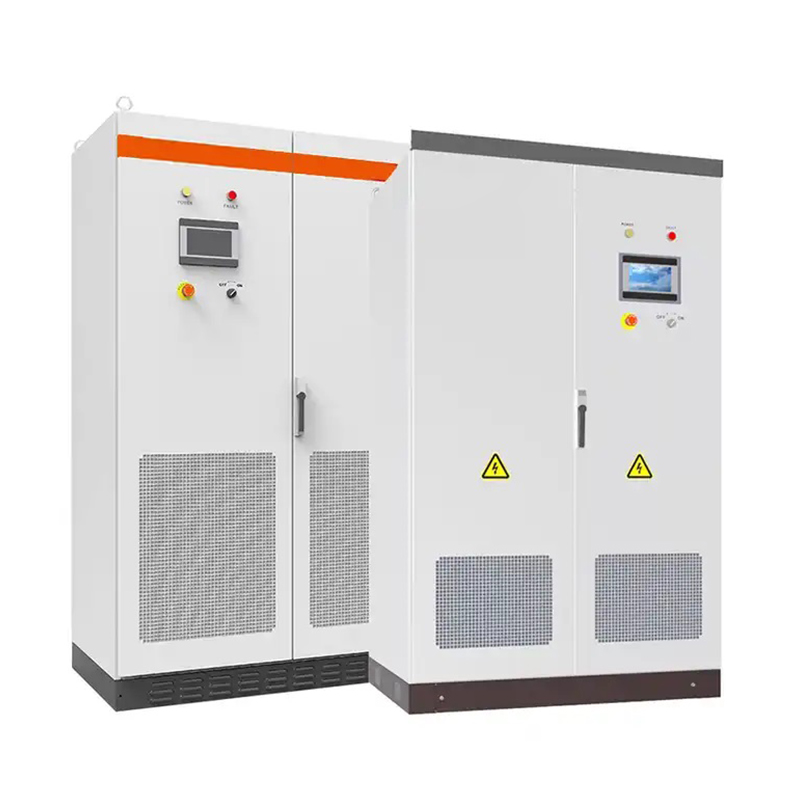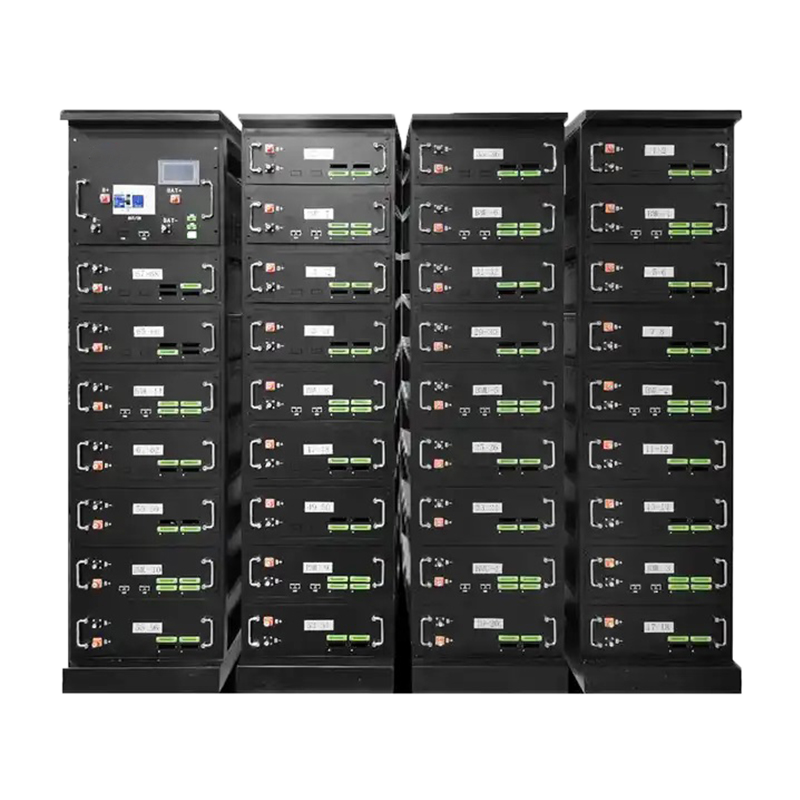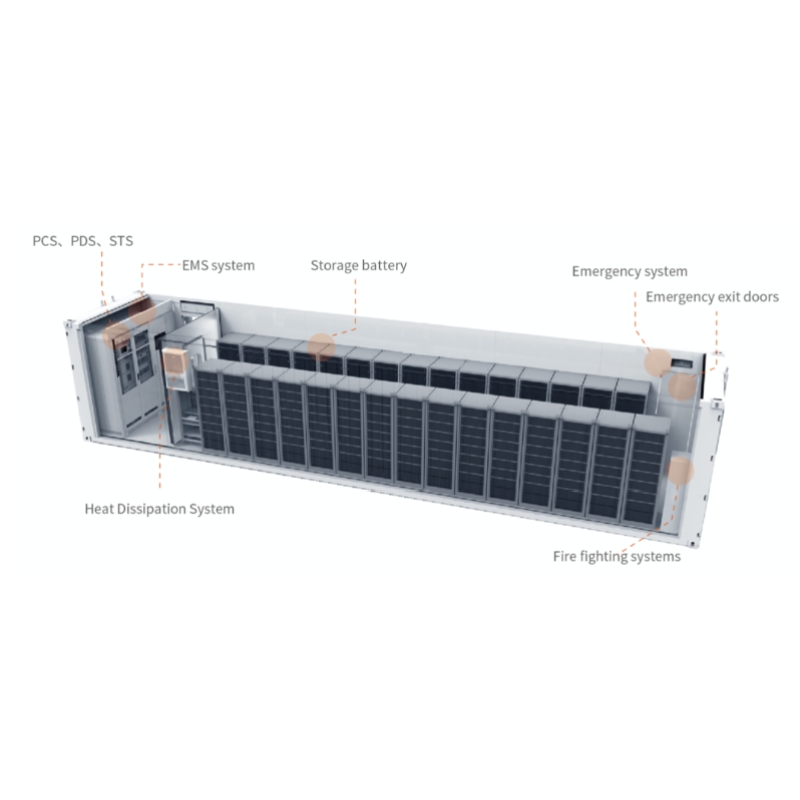As the demand for sustainable energy solutions continues to grow, large-scale photovoltaic energy storage systems have become a key component in meeting the world's energy needs. These systems are designed to harness solar energy and store it for later use, providing reliable renewable energy. With the ability to store large amounts of energy, these systems are revolutionizing the way we generate and consume electricity.
Large-scale photovoltaic energy storage systems consist of solar panels, inverters and storage units (usually battery banks). Solar panels capture sunlight and convert it into electricity, which is then fed into a storage unit for later use. Inverters play a vital role in converting direct current (DC) electricity produced by solar panels into alternating current (AC) electricity that can be used to power homes, businesses, and other facilities. Storage units are typically high-capacity battery banks that store excess energy generated during the day for use during periods of low sunlight or high energy demand.



One of the main advantages of large-scale photovoltaic energy storage systems is their ability to provide continuous and reliable power. By storing excess energy generated during peak sunlight hours, these systems ensure a stable power supply even during periods of limited sunlight or high energy demand. This makes them an ideal solution for residential and commercial applications, providing a sustainable and cost-effective alternative to traditional grid power.
In addition to reliability, large-scale photovoltaic energy storage systems also have significant environmental benefits. By harnessing solar energy, these systems reduce dependence on fossil fuels and help lower greenhouse gas emissions. Not only does this help create a cleaner, healthier environment, but it can also help combat climate change by reducing the carbon footprint associated with energy production.

From a financial perspective, large-scale photovoltaic energy storage systems can also lead to long-term cost savings. By generating and storing their own electricity, users can reduce their reliance on grid power, thereby lowering their energy bills and potentially even allowing them to sell excess energy back to the grid. In addition, many governments and utility companies offer incentives and rebates for the installation of renewable energy systems, further increasing the economics of these systems.
In summary, large-scale photovoltaic energy storage systems represent cutting-edge solutions to meet the world’s energy needs in a sustainable and reliable manner. These systems capture and store solar energy to provide stable and environmentally friendly power for residential, commercial and industrial applications. By harnessing the power of the sun, these systems not only provide long-term cost savings but also contribute to a cleaner, healthier planet. As demand for renewable energy continues to grow, large-scale photovoltaic energy storage systems will play a key role in shaping the future of energy production and consumption.
Post time: Jul-26-2024

